RI Children’s Books and Authors Festival Coming to Lincoln School Oct. 18
Wednesday, October 08, 2014
GoLocalProv Lifestyles Team
The
RI Festival of Children's books and Authors will be held at the Lincoln School in Providence on Saturday, October 18th from 9 AM - 5:30 PM.
This year the festival features well-known authors and illustrators including Jeff Kinney, author of the famous series "Diary of a Wimpy Kid." The Festival will also feature Joseph Bruchac, who has written over 120 books, and Rhode Island's own Jen Corace and Carmen Agra Deedy.
Children and their families will have the opportunity to meet and talk to the authors, have their books signed, participate in bookmaking and other crafts along with a chance to view a special performance.
GET THE LATEST BREAKING NEWS HERE -- SIGN UP FOR GOLOCAL FREE DAILY EBLAST
“This event brings literature to life not only for our students, but for students across Rhode Island and neighboring Massachusetts—we’ve even had people come from as far as New Jersey to take part in the day,” says Meagan Lenihan, Lower School Librarian at Lincoln School.
Click here for more information regarding the festival.
Related Slideshow: 14 Facts from 2014 RI Kids Count Factbook
 View Larger +
View Larger +
Prev
Next
Decline in Child Population
Between 2000 and 2012, Rhode Island’s child population decreased by 12%, from 247,822 to 216,962. Rhode Island has the fifth lowest birth rate in the nation.
 View Larger +
View Larger +
Prev
Next
Increase in Grandparent Caregivers
Between 2010 and 2012, there were 6,400 grandparents in Rhode Island who were financially responsible for their grandchildren, two-thirds (66%) of whom had been financially responsible for three or more years. Six percent of all Rhode Island children live with a grandparent caregiver.
 View Larger +
View Larger +
Prev
Next
Parental Employment
In Rhode Island, 14% of children have at least one unemployed parent, compared to 9% nationally. Between 2010 and 2012, there were 18,140 Rhode Island children living in families with no employed parents (9% of all families).
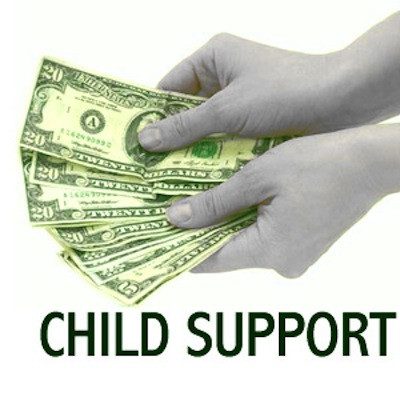 View Larger +
View Larger +
Prev
Next
Increase in Child Support Paternity
As of December 1, 2013, there were 83,019 children in Rhode Island’s Office of Child Support Services system. The percentage of children in the Rhode Island child support system with paternity established increased from 84% in 2004 to 90% in 2013.
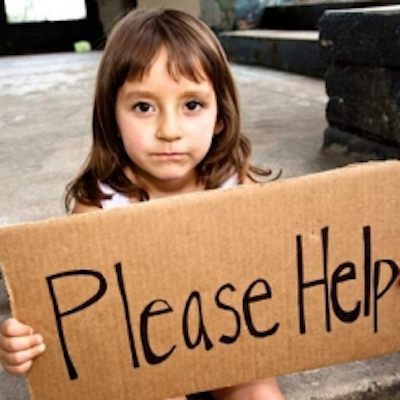 View Larger +
View Larger +
Prev
Next
Racial/Ethnic Income Disparity
Between 2010 and 2012 in Rhode Island, 20% of all children, 40% of Hispanic children (who can be of any race), 54% of Native American children, 39% of Black children, 22% of Asian children, and 14% of White children in Rhode Island lived in families with incomes below the federal poverty level.
 View Larger +
View Larger +
Prev
Next
Increase in Food Stamp Recipients
The number of Rhode Island children participating in the Supplemental Nutrition Assistance Program (SNAP) increased by 54% between 2008 and 2013, from 41,421 to 63,971 children. However, the number of children and adults decreased from 2012 to 2013 – the first decline in several years.
 View Larger +
View Larger +
Prev
Next
High Rates of Health Insurance Coverage
Between 2010 and 2012, 6% of Rhode Island’s children under age 18 were uninsured, compared with 9.4% of children in the U.S. Rhode Island ranks 10th best in the nation, with 94% of children with health insurance. Approximately 71% (10,792) of the estimated 15,121 uninsured children in Rhode Island between 2010 and 2012 were eligible for RIte Care coverage based on their family incomes, but were not enrolled in coverage.
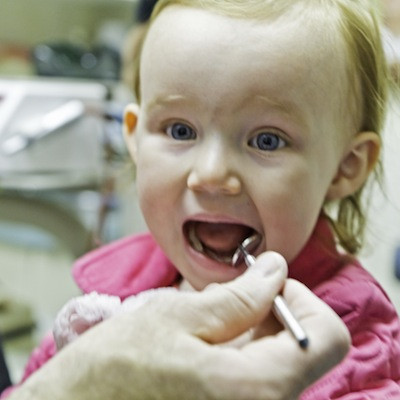 View Larger +
View Larger +
Prev
Next
Increase in Dental Care Access
Half (52%) of the children who were enrolled in RIte Care, RIte Share, or Medicaid fee-for-service on June 30, 2013 received a dental 4 service during State Fiscal Year 2013, up from 43% in SFY 2005 and down from 53% in SFY 2012. There were 283 dentists in 587 locations accepting qualifying children with Medical Assistance coverage in September 2013, 67% more providers and 118% more locations than September 2009.
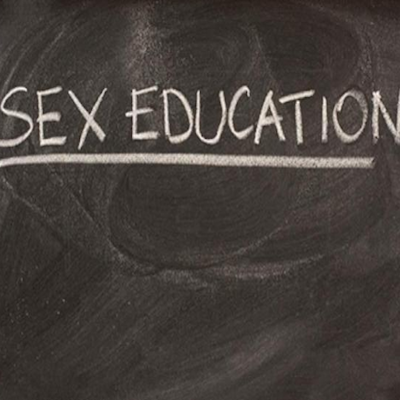 View Larger +
View Larger +
Prev
Next
Decrease in Teen Birth Rate
In 2012, the birth rate for U.S. teens fell to 29.4 births per 1,000 teen girls, the lowest level ever recorded. In Rhode Island, the five-year average teen birth rate has declined 24%, from 30.7 per 1,000 girls between 2004-2008 to 23.3 per 1,000 girls between 2008-2012. However, birth rates for both Hispanic and Black teens in Rhode Island continue to be much higher than for White teens.
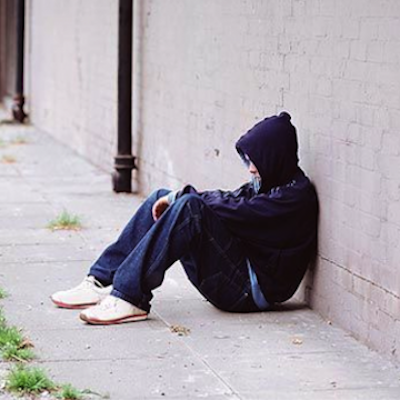 View Larger +
View Larger +
Prev
Next
Decrease in Homeless Shelter Use
Fewer homeless and runaway youth used emergency shelter services. Fifty single youth ages 18 to 20 and 179 young adults ages 21 to 24 received emergency shelter services though the adult emergency shelter system in Rhode Island in 2013, down from 126 youth ages 18 to 20 and 383 young adults ages 21 to 24 the previous year.
 View Larger +
View Larger +
Prev
Next
Decrease in Juvenile Incarceration
Between 2007 and 2013, the number of youth referred to Family Court for wayward and delinquent offenses declined 45% (from 5,275 to 2,926), and the number of juvenile offenses declined by 40% (from 8,301 to 4,964). Between 2004 and 2013, the annual total number of youth in the care and custody of the Training School declined from 1,069 to 498
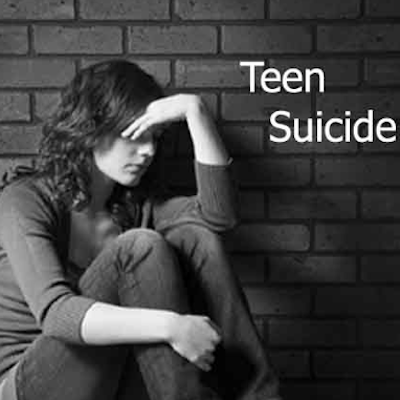 View Larger +
View Larger +
Prev
Next
Youth Suicide Rates
In 2013, 14% of Rhode Island high school students reported attempting suicide, up from 10% in 1997. In Rhode Island between 2008 and 2012, there were 943 emergency department visits and 396 hospitalizations of youth ages 13-19 due to suicide attempts. Twenty-five children under age 20 died due to suicide in Rhode Island between 2008 and 2012.
 View Larger +
View Larger +
Prev
Next
Improvements in Literacy and Math
In October 2013, 71% of Rhode Island fourth graders scored at or above proficiency for reading on the New England Common Assessment Program (NECAP) test, up from 60% in 2005. In October 2013, 63% of Rhode Island fourth graders and 36% of eleventh graders scored at or above proficiency on the math NECAP, an increase from 52% of fourth graders and 22% of eleventh graders in 2005.
 View Larger +
View Larger +
Prev
Next
Racial Disparity in Disciplinary Actions
Low-income and minority students are overrepresented in school suspensions and receive disproportionately severe disciplinary actions compared with their higher-income and White peers. In Rhode Island during the 2012-2013 school year, minority students made up 38% of the student population, but received 52% of all disciplinary actions.
Related Articles
Enjoy this post? Share it with others.































